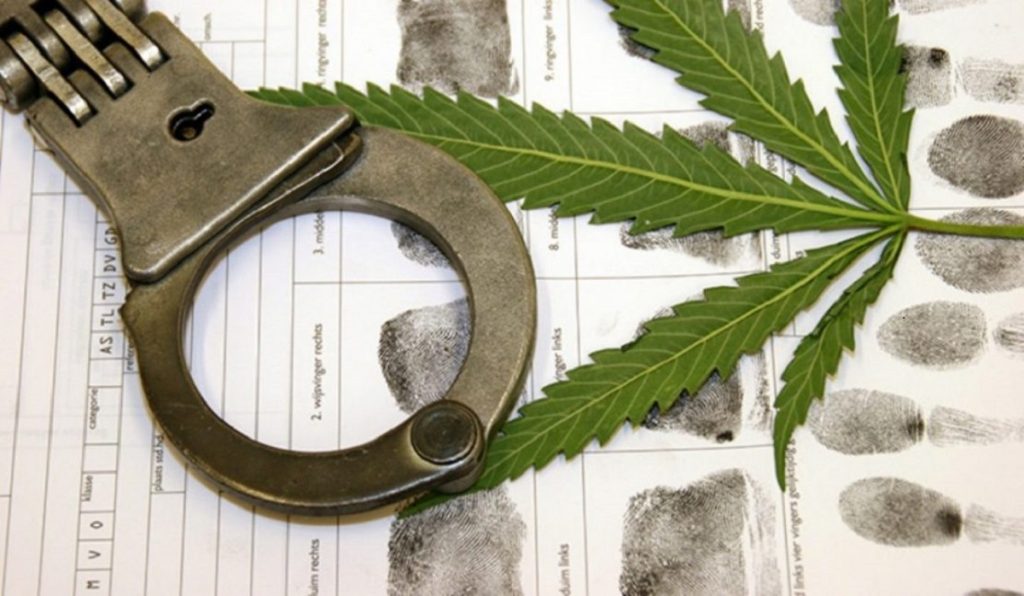
There are 100,000 total marijuana smokers in the U.S.
The Following Quotes Are From Anslinger’s “Gore Files”: “There are 100,000 total marijuana smokers in the U.S., and most are Negroes, Hispanics, Filipinos, and entertainers. Their Satanic music, jazz, and swing result from marijuana use. This marijuana causes white women to seek sexual relations with Negroes, entertainers, and any others.”
“…the primary reason to outlaw marijuana is its effect on the degenerate races.”
“Marijuana is an addictive drug which produces in its user’s insanity, criminality, and death.”
“Reefer makes darkies think they’re as good as white men.” “You smoke a joint and you’re likely to kill your brother.”
“Marijuana is the most violence-causing drug in the history of mankind.”
The Bureau of Narcotics had a powerful and willing ally in the media mogul William Randolph Hearst, who had invested heavily in the timber industry to support his chain of national newspapers. To Hearst, hemp paper was unwanted competition and he readily published lurid anti-cannabis propaganda from the Bureau’s “Gore Files”, printing headlines such as:
“Marihuana makes fiends of boys in thirty days – Hashish goads users to bloodlust.”
“Marihuana influenced negroes to look at white people in the eye, step on white men’s shadows, and look at a white woman twice.”

“Marihuana is responsible for the raping of white women by crazed negroes.”
“Three-fourths of the crimes of violence in this country today are committed by dope slaves, that is a matter of cold record.”

Hearst and Anslinger were joined in the conspiracy by the Dupont chemical corporation, and in 1937 Anslinger presented to Congress his Marijuana Tax Act. Apart from some opposition from William C. Woodward of the American Medical Association, the bill was passed after a very little discussion, and cannabis was effectively prohibited. Most people did not realize that the “evil marijuana drug” referred to in the tax act was the cannabis plant that had been essential to the early settlers and was a useful and well-known medicine. Due to the racist corruption surrounding the use of the name “marijuana,” we will call this plant by its correct name: cannabis. Today, there is renewed interest in the medical use of cannabis, with numerous respected doctors and scientists researching its many and varied indicators. A study sponsored by the State of California, conducted by the University of California Center for Medicinal Cannabis Research, and published in The Open Neurology Journal (September 2012), concluded that cannabis provides much-needed relief to chronic pain sufferers and that more clinical trials are desperately needed:
“The classification of marijuana as a Schedule I drug as well as the continuing controversy as to whether or not cannabis is of medical value are obstacles to medical progress in this area…”
“Based on evidence currently available the Schedule I classification is not tenable; it is not accurate that cannabis has no medical value, or that safety information is lacking. It is true cannabis has some abuse potential, but its profile more closely resembles drugs in Schedule III. The continuing conflict between scientific evidence and political ideology will hopefully be reconciled judiciously.”
Multinational pharmaceutical companies are now growing tons of cannabis plants.
Multinational pharmaceutical companies are now growing tons of cannabis plants at secret, heavily guarded locations, to extract just two of the plant’s cannabinoids, mix them with alcohol, glycerin, and a small amount of peppermint for flavor, and market the end product as a “mucosal” spray (which means you squirt it under your tongue) called Sativex.